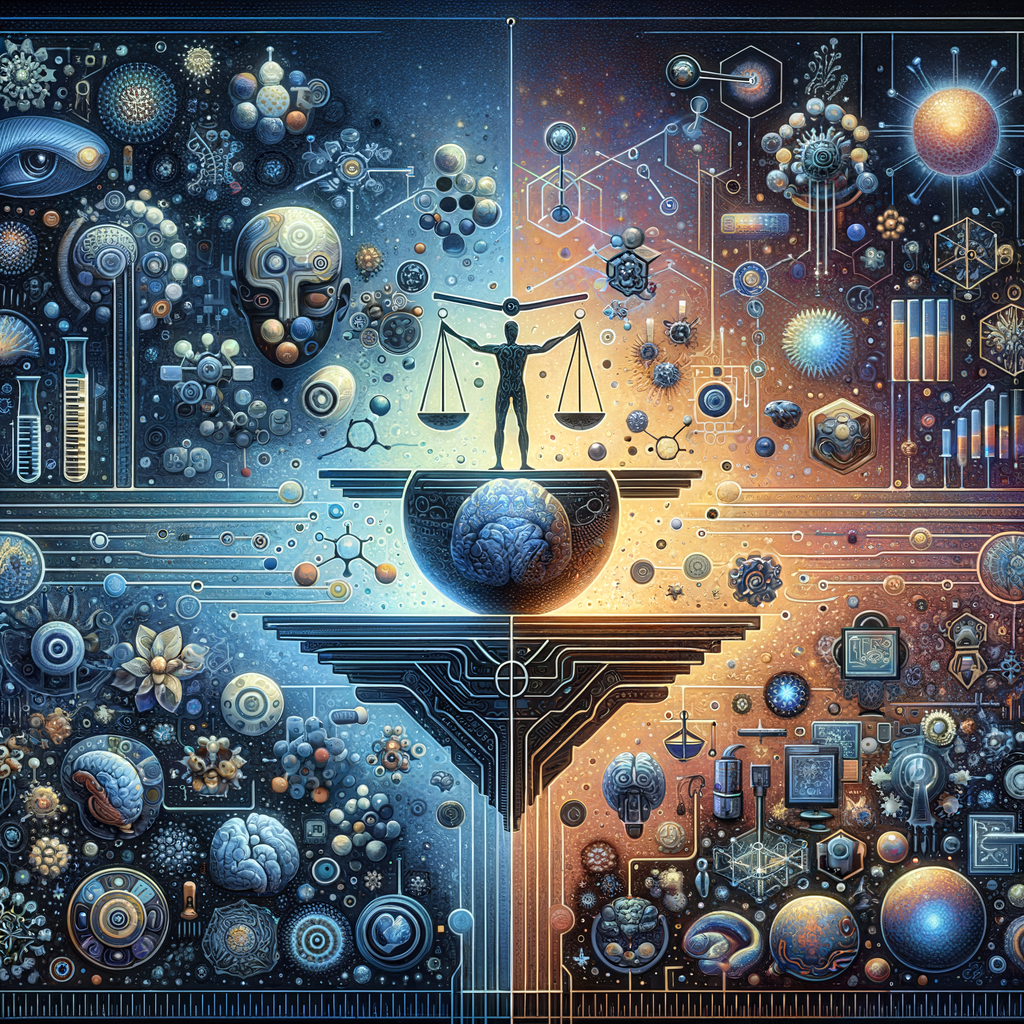“Hallucinatory AI: Redefining Creativity and Innovation in Science”

How Hallucinatory AI Fuels Scientific Breakthroughs
Artificial intelligence is often associated with precision, data processing, and streamlined efficiency, but what about creativity? Interestingly, AI’s so-called “hallucinations”—those moments when it generates content that’s not factually accurate—are becoming valuable for scientific discovery. While this might initially sound counterproductive, researchers have discovered that these imaginative leaps can spark groundbreaking ideas. Let’s explore how this works and its transformative impact on science.
What Exactly are AI Hallucinations?
AI hallucinations occur when systems like ChatGPT or Bard produce outputs that aren’t completely grounded in data. These outputs might veer into creative or speculative territory, straying from the programmed factual baseline. Although initially seen as a flaw, researchers and scientists are now leveraging these occurrences as “inspired misfires” to innovate in areas where human creativity meets computational power.
Game-Changing Applications
- **Drug Design and Protein Engineering:** AI-generated hallucinations have led to the creation of entirely novel proteins, some of which don’t exist in nature. David Baker, a Nobel Laureate, utilized AI-derived protein models to push the frontiers of medical science, resulting in groundbreaking drug developments.
- **Faster Problem Solving:** Hallucinations allow researchers to challenge traditional boundaries and explore solutions that might initially seem counterintuitive. While some ideas are discarded, others go on to redefine problems and their solutions in unprecedented ways.
- **Patent Growth and Innovation:** These creative bursts have already led to numerous patents in biotechnology and materials science, accelerating both academic inquiry and industry applications.
Balancing Creativity and Reliability
While the imagination of AI is truly extraordinary, experts like Anima Anandkumar emphasize that these results must be grounded in rigorous scientific methods. Hallucinated outputs need to be validated and tested extensively to ensure they align with factual and functional applications. By striking this balance, scientists are optimizing the benefits of AI’s imaginative capabilities without sacrificing reliability.
Redefining the Scientific Landscape
The implication of these AI hallucinations goes beyond individual projects. They represent a paradigm shift in how humanity approaches problem-solving. By allowing machines to think “outside the box,” scientists are integrating creativity with cold, hard computation—resulting in accelerated advancements in medicine, technology, and beyond.
Conclusion
From aiding Nobel-winning research to fostering innovation in unexpected areas, “hallucinatory AI” is undoubtedly reshaping the scientific research landscape. With a structured approach to validation, AI’s imaginative capabilities promise to open new frontiers in human knowledge and capability. The age of combining human intuition with AI creativity just might redefine the limits of what we can achieve.
If you’ve enjoyed this exploration of how AI is driving scientific breakthroughs, feel free to share and discuss!